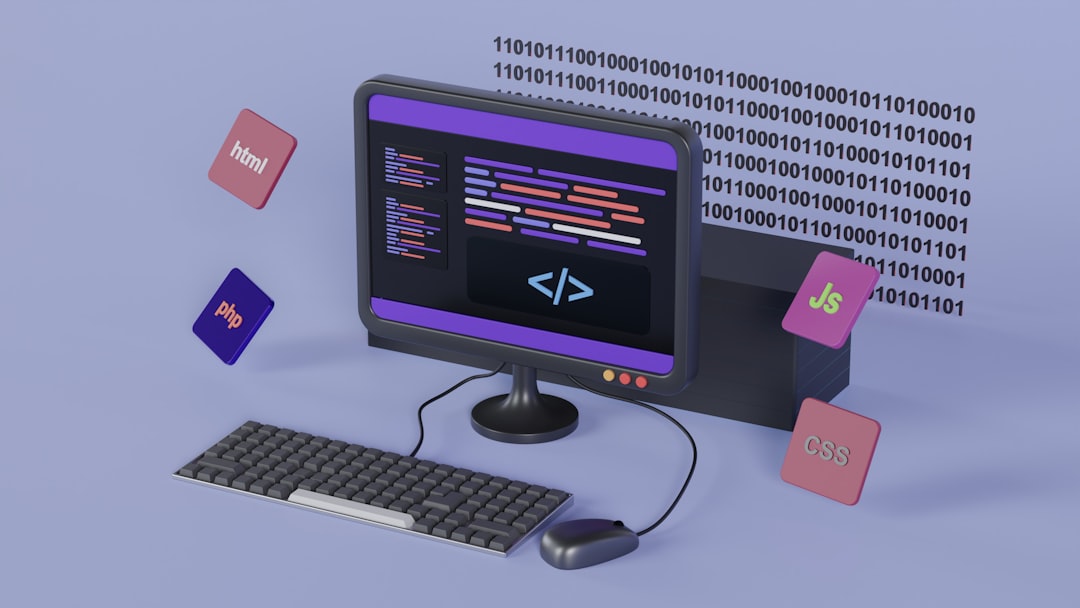With advancements in artificial intelligence and machine learning, image recognition technology has taken a significant leap forward in 2025. Businesses, developers, and researchers are increasingly leveraging these powerful tools to automate object detection, image classification, facial recognition, and more. Whether you’re enhancing security systems, powering self-driving cars, or developing immersive AR experiences, image recognition is at the core of innovation. Below are the six best image recognition tools in 2025 that stand out in terms of accuracy, speed, scalability, and industry adoption.
1. Google Cloud Vision AI
Google Cloud Vision AI continues to dominate the image recognition landscape with its powerful APIs and wide range of features. In 2025, Google has enhanced its AutoML Vision capabilities to enable developers with limited machine learning expertise to train high-accuracy models using their own datasets.
- Supports label detection, landmark detection, text recognition, and face detection
- Scalable and easy integration with other Google Cloud services
- Now includes real-time video frame analysis

2. Amazon Rekognition
Exclusive to AWS, Amazon Rekognition is a highly scalable tool used for facial analysis and comparison, object and scene detection, and activity recognition. In 2025, it has upgraded its deep learning models for faster and more accurate real-time processing, especially useful in video surveillance and customer behavior analytics.
- Advanced facial and text detection
- Primed for real-time video analysis
- Seamless integration with AWS ecosystem
3. IBM Watson Visual Recognition
IBM Watson is renowned for its enterprise-ready solutions, and its Visual Recognition tool is no exception. Ideal for regulated industries such as healthcare and finance, it offers robust security and compliance features.
- Customizable model training with industry-specific datasets
- Strong support for GDPR and HIPAA compliance
- Visual dashboard for non-technical users
4. Clarifai
Clarifai has made a name for itself as a highly flexible platform that supports both public and private deployments. By 2025, Clarifai has introduced more than 50 pre-trained models tailored for multiple industries such as retail, automotive, and defense.
- Supervised and unsupervised learning options
- On-premise deployment for sensitive data
- Integrated workflow management tools

5. Microsoft Azure Computer Vision
Azure Computer Vision is part of the larger Azure AI ecosystem and provides an extensive suite of tools for developers. The 2025 version offers multilingual OCR and improved spatial analysis capabilities, making it ideal for smart city and logistics innovations.
- Multilingual text extraction and OCR
- Object tracking for spatial analytics
- Integrated with Azure Cognitive Services
6. OpenCV with Deep Learning Frameworks
While not a “plug-and-play” tool, OpenCV continues to be a top choice among researchers and advanced developers. Coupled with frameworks like TensorFlow and PyTorch, OpenCV in 2025 provides the flexibility needed for developing cutting-edge, custom image recognition models.
- Full access to image processing and computer vision algorithms
- Open-source and community-supported
- Ideal for academic and R&D use cases
Conclusion
Image recognition tools in 2025 are more accurate, scalable, and easier to integrate than ever before. Whether you’re building a commercial application or conducting research, these six tools offer something for every kind of user — from no-code platforms to open-source powerhouses. As AI continues to evolve, the capabilities of image recognition software will only become more sophisticated and impactful.
Frequently Asked Questions (FAQs)
Q1: What is image recognition used for?
A: Image recognition is used in various industries for purposes like facial recognition, product identification, surveillance, medical imaging, and autonomous vehicle navigation.
Q2: Can I use these tools without coding skills?
A: Yes. Tools like Google Cloud Vision and Clarifai offer no-code or low-code options, making them accessible even to those without technical backgrounds.
Q3: Which image recognition tool is best for real-time video analysis?
A: Amazon Rekognition and Microsoft Azure Computer Vision are particularly well-suited for real-time video analytics and spatial analysis.
Q4: Are these tools free to use?
A: Most tools offer tiered pricing models, with limited free tiers and pay-as-you-go options depending on usage volume and features needed.
Q5: Is OpenCV suitable for enterprise use?
A: While OpenCV is powerful, it requires a higher level of technical expertise. It is ideal for enterprises with in-house AI development teams or for research purposes.
 logo
logo



